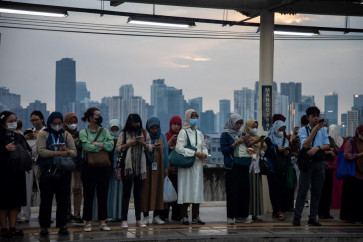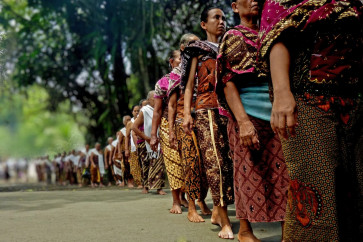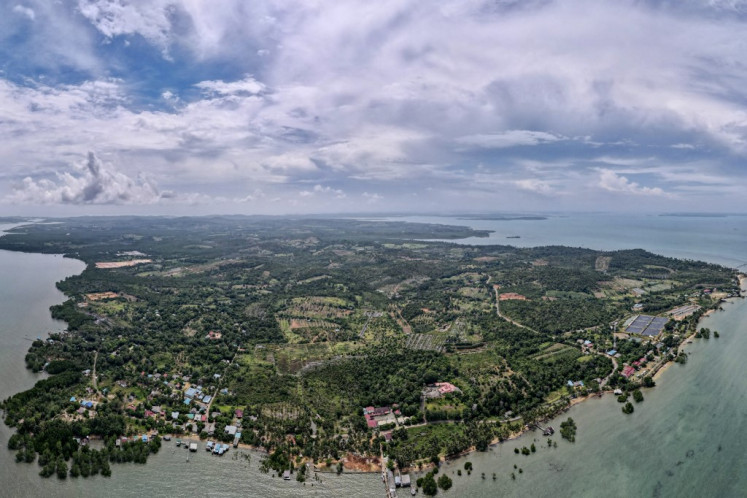Popular Reads
Top Results
Can't find what you're looking for?
View all search resultsPopular Reads
Top Results
Can't find what you're looking for?
View all search resultsDebunking the ‘native Jakartan myth’
Local politicians have been criticized for making tenuous claims to Betawi heritage
Change text size
Gift Premium Articles
to Anyone
L
ocal politicians have been criticized for making tenuous claims to Betawi heritage. Others, however, say that understanding Jakarta’s traditional culture is not that simple.
“These days, it is easy for politicians to brand themselves as Betawi, simply because they were born and raised here. But when you learn a little more, they actually have done little to develop Betawi culture and improve the welfare of [Betawi] people,” historian J.J. Rizal said recently.
Rizal said that native Jakartans want politicians and leaders who can do their jobs more than they want to elect representatives of Jakarta’s traditional culture.
“Look at people like Mohammad Husni Thamrin, S.M. Ardan and Ali Sadikin, none of whom were Betawi in terms of ethnicity. People see them as Betawi legends because they could accomplish something,” he added.
Thamrin, the son of a Dutch father and a native Jakartan mother, was one of the first Betawi to gain a seat on the People’s Council (Volksraad) during the Dutch colonial era. As a councillor, he was known for his perseverance in fighting for the interests of the Indonesian people.
Ardan was born under the name Sahmardan in Medan, North Sumatra, the child of a Betawi man and Sundanese woman. He was one of Jakarta’s most prolific writers and journalists and became famous as one of the first writers to use the Betawi language in his novels.
Ardan was also credited for bringing traditional Betawi art, such as lenong theater and Betawi topeng masks to national prominence.
Most beloved is perhaps Ali Sadikin, who was born in Sumedang, West Java, and served as Jakarta governor from 1966 to 1977. Under his stewardship, the city started projects that would change the face of Jakarta, including the Taman Ismail Marzuki Art Center, Ragunan Zoo, Ancol Dreamland and the Senen commercial area.
Ali is widely renown as Jakarta’s greatest governor, and he has set a high standard for all his successors.
As a historian, however, Rizal has questioned whether “Betawi culture” can be considered a true indigenous tradition.
Rizal said that Betawi culture was a modern construct and had no completely native elements. Traditional Jakartan culture was comprised of a mix of different traditions. Betawi people, he added, had ancestors from all over the world.
“As a result, ‘Betawi’ has become the most flexible and most progressive ethnic identity in Indonesia. Anyone can claim themselves as a native Jakartan, as long as he or she stays in Jakarta long enough and immerses themselves in the culture,” he said.
Numerous historical accounts stated that the concept of a Betawi ethnicity developed in the 18th century. Only in 1930 was Betawi listed as an ethnic category in Jakarta’s population census.
Alwi Shahab, an observer of
Betawi culture, agreed. “Anyone in Jakarta can claim to represent native Jakarta culture, as long as they can contribute something to advance the interests of people living in the region.”
A Betawi background was not essential, Alwi said. “It’s not about where the person comes from, but what he or she can do to improve the lot of Jakarta and the Betawi community. As long as the person succeeds in this, then by all means, they should be considered a Betawi figure,” he said. (mim)










